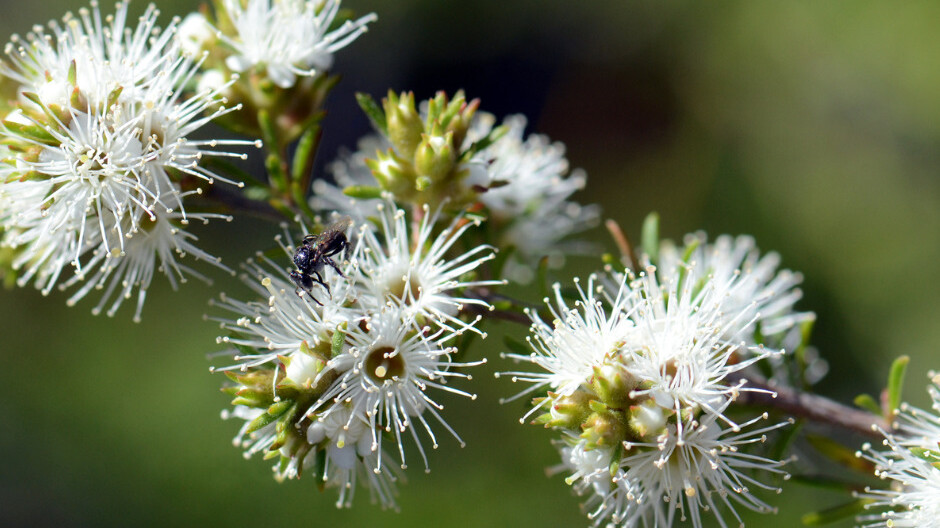There are many benefits in keeping dead trees. However, in the modern age, trees are usually viewed in terms of amenity and safety, with unsafe trees being removed entirely. What is generally overlooked is which aspects of the tree could be retained for the benefit of local wildlife and biodiversity. Urban communities have a preoccupation with sanitation, which is often to the detriment of the critters we share our environment with. Dead and decaying wood is a food source for insects and other invertebrates, which are in turn food for reptiles and mammals and birds. Trees – alive or dead – which contain hollows are habitat for all manner of organisms. Unfortunately, many trees with hollows are deemed too hazardous for urban situations, and end up being cut down. In many circumstances this is necessary, but it is time to re-think to what extent they are removed, what could remain as habitat and how we can help create more habitat.
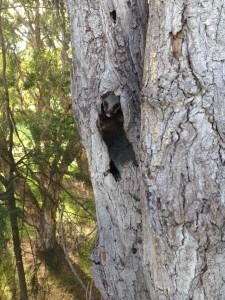 Cavities in trees can take decades or even centuries to develop into a large enough space for birds and animals to live in1. In urban scenarios, it is often the older trees that are removed for reasons of safety – because they contain decay and cavities, and because older trees are more likely to succumb to the pressures of development. This results in a massive shortfall in cavities required by the local wildlife2 It is estimated that 15% of Australian vertebrate species use natural tree hollows for nesting, raising young and housing1. In NSW alone, over 150 species of wildlife use cavities, and are referred to as obligate hollow users. Around 40 of these species are listed as vulnerable or endangered2.
Cavities in trees can take decades or even centuries to develop into a large enough space for birds and animals to live in1. In urban scenarios, it is often the older trees that are removed for reasons of safety – because they contain decay and cavities, and because older trees are more likely to succumb to the pressures of development. This results in a massive shortfall in cavities required by the local wildlife2 It is estimated that 15% of Australian vertebrate species use natural tree hollows for nesting, raising young and housing1. In NSW alone, over 150 species of wildlife use cavities, and are referred to as obligate hollow users. Around 40 of these species are listed as vulnerable or endangered2.
Aside from being cute and fascinating, animals that live in trees also assist in their pollination, as well as controlling pest populations. To be effective pollinators however, requires the ability to get from one tree to the next. This is not a problem for birds, but mammals and reptiles must come down onto the ground, but will not do so if they feel exposed. This is where the importance of wildlife corridors comes into play. If wildlife cannot move around comfortably, they cannot search for food or expand their territories effectively. Obviously, difficulties finding food is going to cause problems. Less obvious though is the fact that genetic diversity diminishes, as the lack of opportunities to search widely for mates leads to inbreeding.
Habitat creation (artificial hollow installation) is just one way our human species can give back some of what has been lost.
The first step is to ascertain which timber can be safely retained, then work with it to enhance its natural habitat values, or install artificial hollows for birds and mammals. Specialized and highly dangerous chainsaw techniques are involved, which should only be undertaken by experienced operators.
Different wildlife species have various preferences when selecting tree hollows to use, which means we can create hollows with a particular species in mind. Consultation with local ecologists and biodiversity officers, as well as online tools, can determine the most appropriate species to target in any given area.
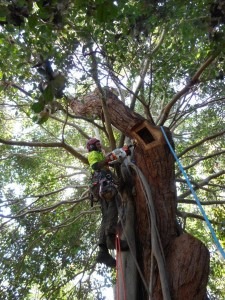 Arborists in Sydney are working with around 10 councils so far, with others showing interest. The goal is to create sufficient example habitat trees in prominent parks and other public locations that the methods become established and private residents come to see it as a viable alternative to tree removal. Ultimately, the goal is to see the arboricultural industry at large start recognizing the habitat value of trees, rather than simply assessing safety against amenity. Sure, our urban trees need to be safe, and sometimes they cannot be rendered so without removing their amenity to humans. However, trees with zero amenity to humans can still have massive amenity to wildlife. Dead trees are used as perches for urban critters to sun themselves, socialise and even hunt from. Dead timber is also critical to invertebrates and lower organisms that form the basis of most food webs.
Arborists in Sydney are working with around 10 councils so far, with others showing interest. The goal is to create sufficient example habitat trees in prominent parks and other public locations that the methods become established and private residents come to see it as a viable alternative to tree removal. Ultimately, the goal is to see the arboricultural industry at large start recognizing the habitat value of trees, rather than simply assessing safety against amenity. Sure, our urban trees need to be safe, and sometimes they cannot be rendered so without removing their amenity to humans. However, trees with zero amenity to humans can still have massive amenity to wildlife. Dead trees are used as perches for urban critters to sun themselves, socialise and even hunt from. Dead timber is also critical to invertebrates and lower organisms that form the basis of most food webs.
Below is a basic overview of the process of identifying potential habitat trees.
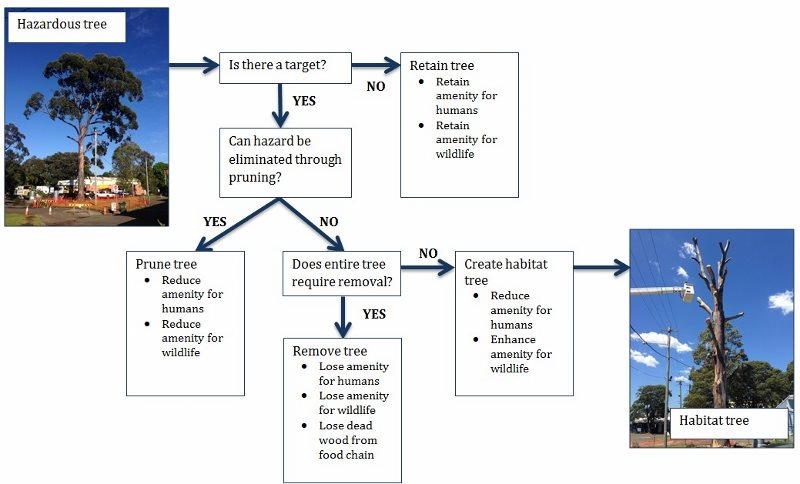
The image below shows the options for artificial hollow installation in a mature tree. This tree is located at the Addison Road Community Centre in Marrickville, NSW.
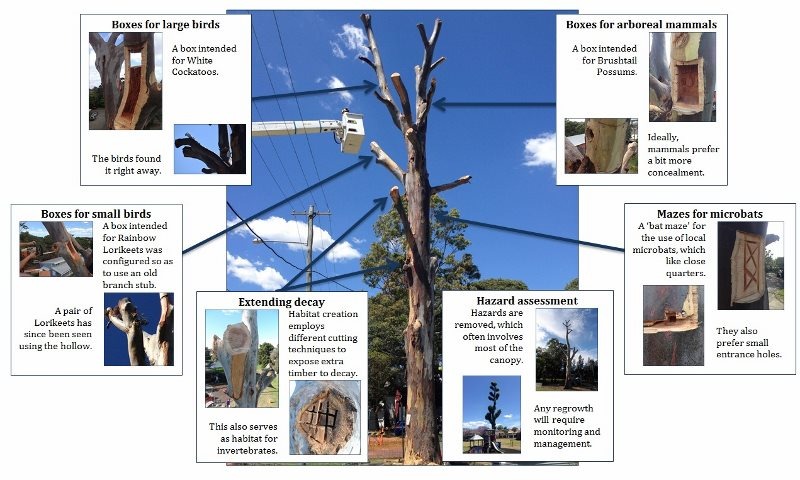
Author and images: Michael Sullings is a consulting arborist for Sydney Arbor Trees – which recognises the vital importance of dead trees within functional ecosystems.
References
1. Gibbons, P. & Lindenmayer, D. 2002. Tree Hollows and Wildlife Conservation in Australia.
2. NSW Environment & Heritage. 2014. Loss of Hollow-bearing Trees – key threatening process determination.
Related Articles:
Citizen Science: A Pathway to Gardening Success and Biodiversity Conservation
In recent years, the realm of science has experienced a remarkable transformation, one that invites people from all walks of life to participate…
Wildflower gardens – What’s the buzz about?
In the quest for sustainable and environmentally conscious practices, gardening enthusiasts and nature lovers alike are turning to a time-tested…



